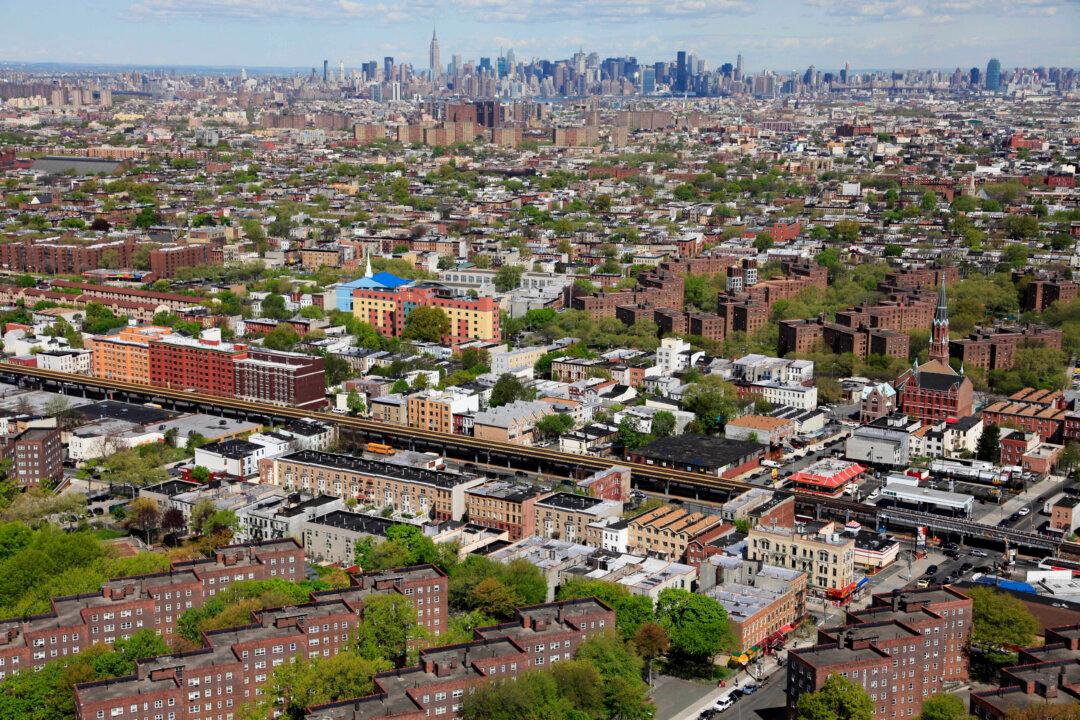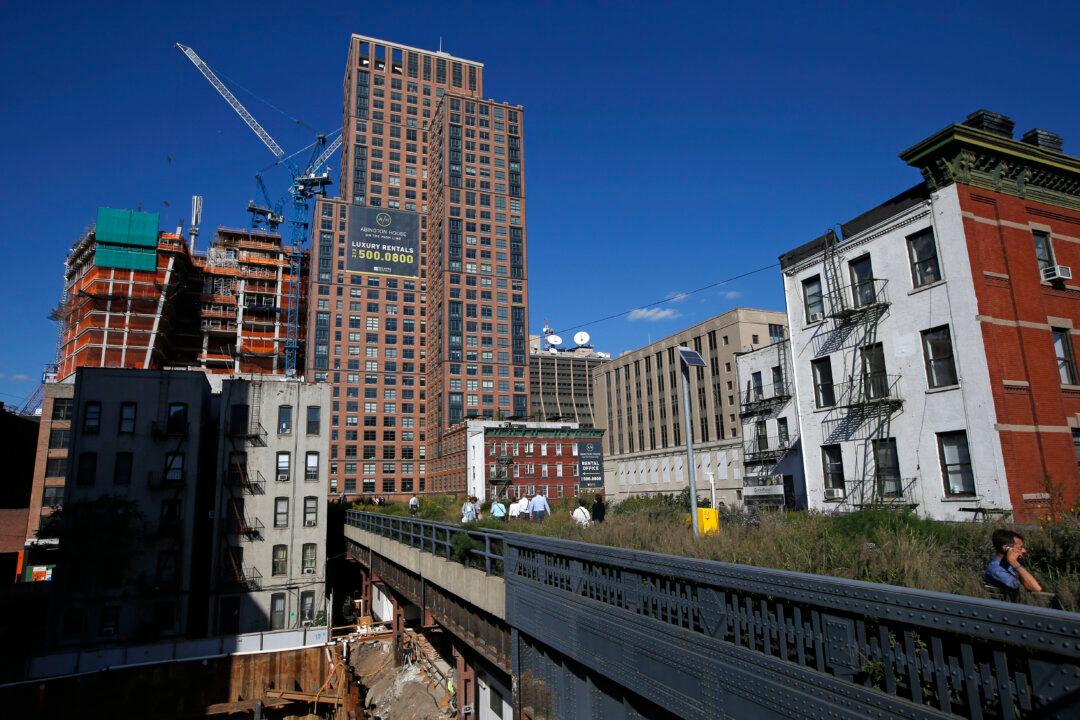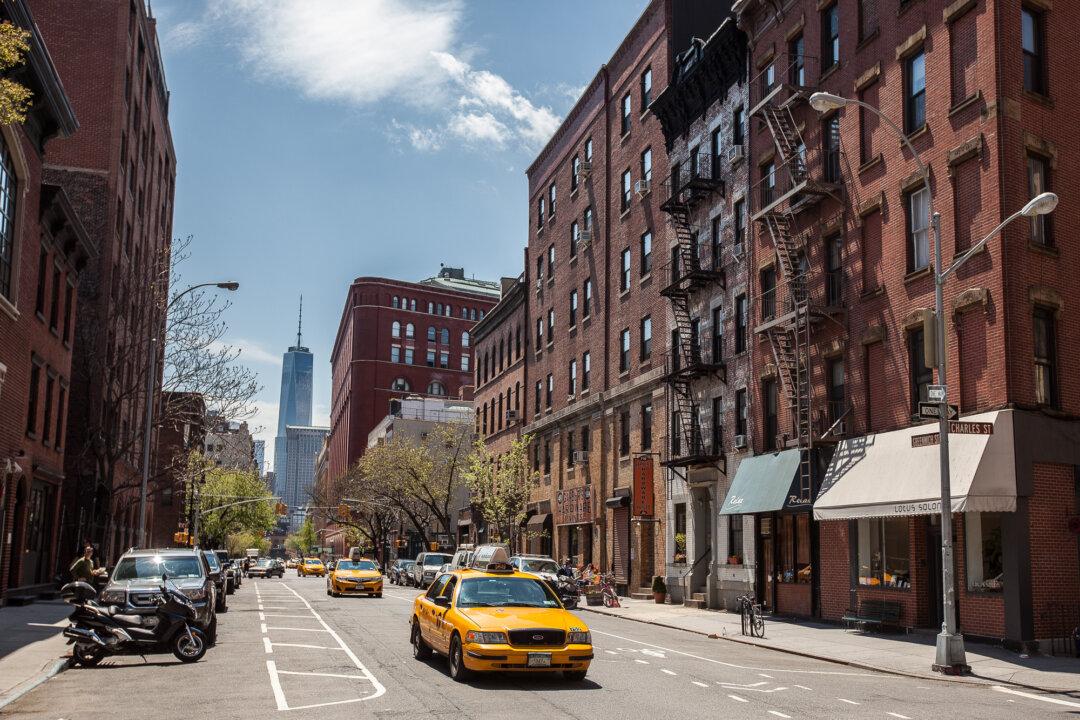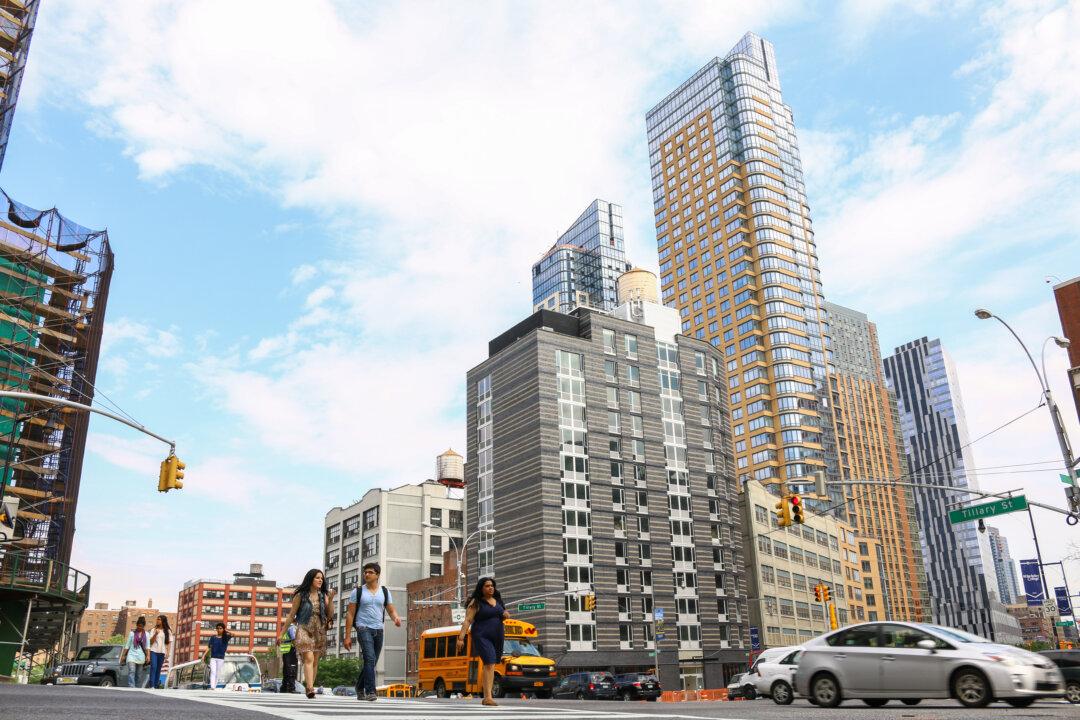You may be surprised to learn that about 70 percent of all NYC residents rent rather than own, the exact opposite ratio of just about every other major American city. One might be excused for thinking that such a high ratio of renters to buyers would all but guarantee a plethora of rental options with a ready supply of affordable inventory, but such is clearly and sadly not the case.
Just about every casual conversation among renters in the Big Apple eventually turns to the chronic shortage of affordable rental inventory, with average vacancy rates around 2 percent (dropping in the summer high-rental season closer to 1 percent). Renting an apartment in NYC—with the median rent at around $3,200—is pretty hurtful and a great excuse to vent.
Indeed, the exorbitant costs of renting in NYC combined with persistent rock-bottom mortgage rates explains why so many renters in recent years have abandoned the rental market entirely and become first-time buyers instead.
The result: a dearth of sales properties with entry and mid-level inventory at near-record lows. That said, the same conditions that make it a great time to sell or sublet for owners make it an especially hard time to buy or rent.
The Cost
The only possible thing more insulting than the cost of rent is the cost of getting in the door. Based on the median rent of $3,200, the typical breakdown at the lease signing looks something like this:
- 1st month’s rent $3,200
- 1-month security deposit $3,200
- Broker’s fee (15 percent of first year’s rent) $5,760
Amortized over the first year, that $5,760 broker’s fee adds an additional $480 per month to your $3200 base rent, and brings your net-effective rent to $3680. That and the total nut of $12,160 in return for a set of keys and the promise of 11 more $3,200 rent bills in the first year explains why so many New Yorkers have decided in recent years to endure their current circumstances and stay put.
Moving, however, is sometimes not an option, and tens of thousands of us move every year in the Big Apple simply because we have no choice: the baby is on the way and we need more room, or the sublease has expired and the owner wants to sell, or the next rent increase will break the bank, or the relationship just ended and neither of us can afford to carry the rent on our own (I have personal experience with all of the above).
So what can you do to reduce the upfront nut and/or finance your next move?
The first-month’s rent and security deposit typically can’t be negotiated downward. And of course no one wants to pay the broker’s fee, precisely why everyone begins their search for a new rental online with the hopes of finding that no-fee gem somewhere in the clutter.
But with almost 30,000 licensed real estate agents posting the ads and pounding the Big Apple pavement, almost 95 percent of all real estate transactions—sale or rental–in NYC wind up brokered. Translated: Don’t predicate your moving plans on finding that no-fee rental.
You should know, however, that most of the wiggle room in the broker’s fee is determined by the type of listing, arranged below in the order of most-to-least negotiable.
Negotiating
Incentivized: Where landlords pay the broker’s fee or offer free rent (far more prevalent during the slower winter months).
Incentivized listings typically constitute about 4–6 percent of the total available inventory at any given time, and just as typically are reserved for luxury properties with higher rents.
Ironically—but perhaps not surprisingly—most rental incentives target those who need them least.
Open: Where the only parties to the fee are the agent and the agent’s brokerage. Real estate agents work exclusively on commission, and the commission is almost always split with their brokerages.
Most agents will agree to limit their fee to one-month’s rent for an open listing.
Co-brokered: Where two agents and their respective brokerages split the fee four ways.
Most exclusive listings are co-brokered, and with so many hands in the pie it’s almost impossible to negotiate the fee downward. Expect to pay a full 15 percent of the first-year’s rent to secure a co-brokered rental.
Clearly, you should ask your agent to begin your search with those listings that offer incentives (assuming there are any that match your criteria and price point), and work down the list from there.
If no incentivized rentals are available, move on to open listings, and only after you exhaust the open listings should you then move on to co-brokered listings. Just be sure your agent tells you the broker’s fee associated with each property you consider.
Next month’s column will describe some financing options for renters to help take the upfront bite out of your next rental in the Big Apple.
Jeff Einstein sells and leases NYC residential real estate as a top producer for The Modern Group on Madison Avenue.



